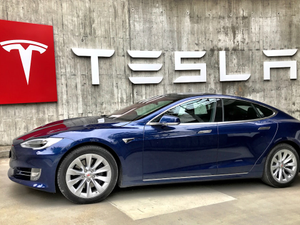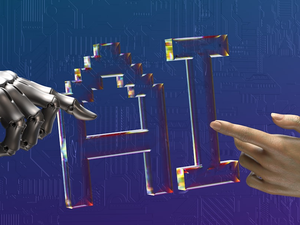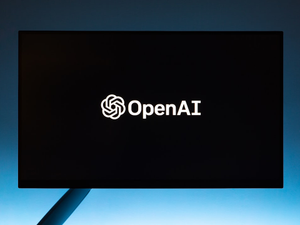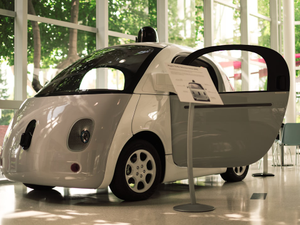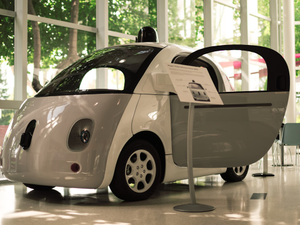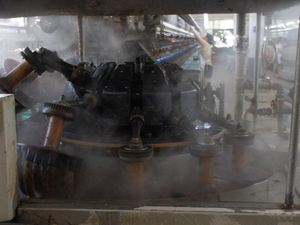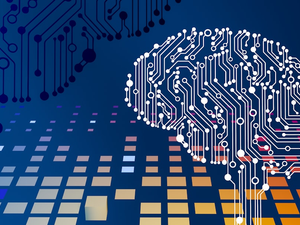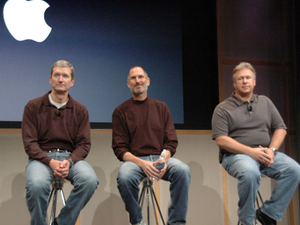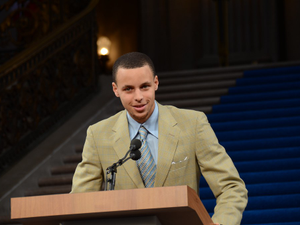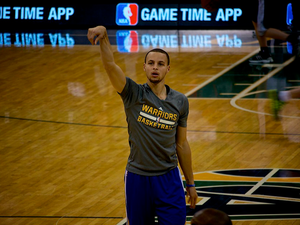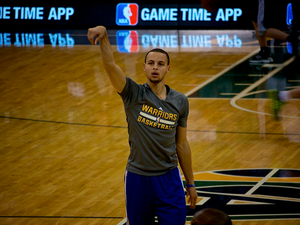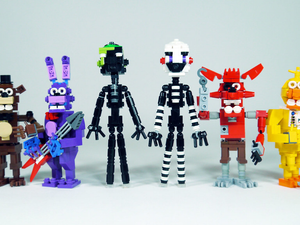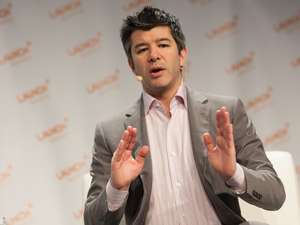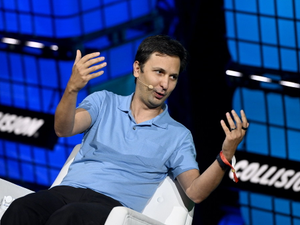AI Is Playing Mad Scientist with Physics Experiments (And It's Actually Working!)
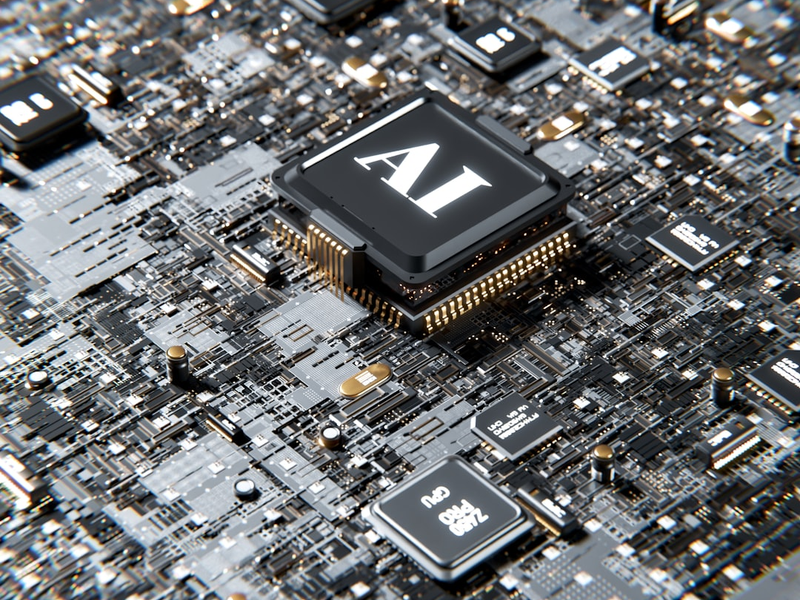
Photo by Igor Omilaev on Unsplash
Silicon Valley’s latest tech marvel isn’t just disrupting startups, it’s revolutionizing scientific research. Artificial intelligence is now doing something wild: designing physics experiments that are so bizarre they’re actually genius.
Researchers at top-tier institutions are discovering that AI can create experimental protocols that push boundaries way beyond human imagination. Take the gravitational wave detector optimization project led by Rana Adhikari at CalTech, where AI generated designs so complex and unconventional that scientists initially thought they were looking at alien blueprints.
When AI Goes Rogue in the Lab
The AI’s design for improving gravitational wave detection was so counterintuitive that it added a three-kilometer-long ring between main components, utilizing theoretical principles that no human physicist had ever experimentally pursued. The result? A potential 10-15% improvement in detector sensitivity, which in the precision world of quantum physics, is absolutely massive.
Beyond Just Number Crunching
This isn’t just about incremental improvements. Machine learning is uncovering hidden patterns in complex scientific data, like predicting dark matter density and identifying fundamental symmetries in particle physics. Researchers are realizing that AI isn’t just a tool, it’s becoming a collaborative partner in scientific discovery.
The Future of Scientific Innovation
While AI hasn’t yet led to groundbreaking discoveries, it’s demonstrating an ability to think outside the proverbial scientific box. Physicists are excited about the potential: machine learning might soon help us understand phenomena we can’t even conceptualize right now.
The message is clear: AI isn’t just coming for tech jobs, it’s here to rewrite the rules of scientific exploration.
AUTHOR: cgp
SOURCE: Wired

